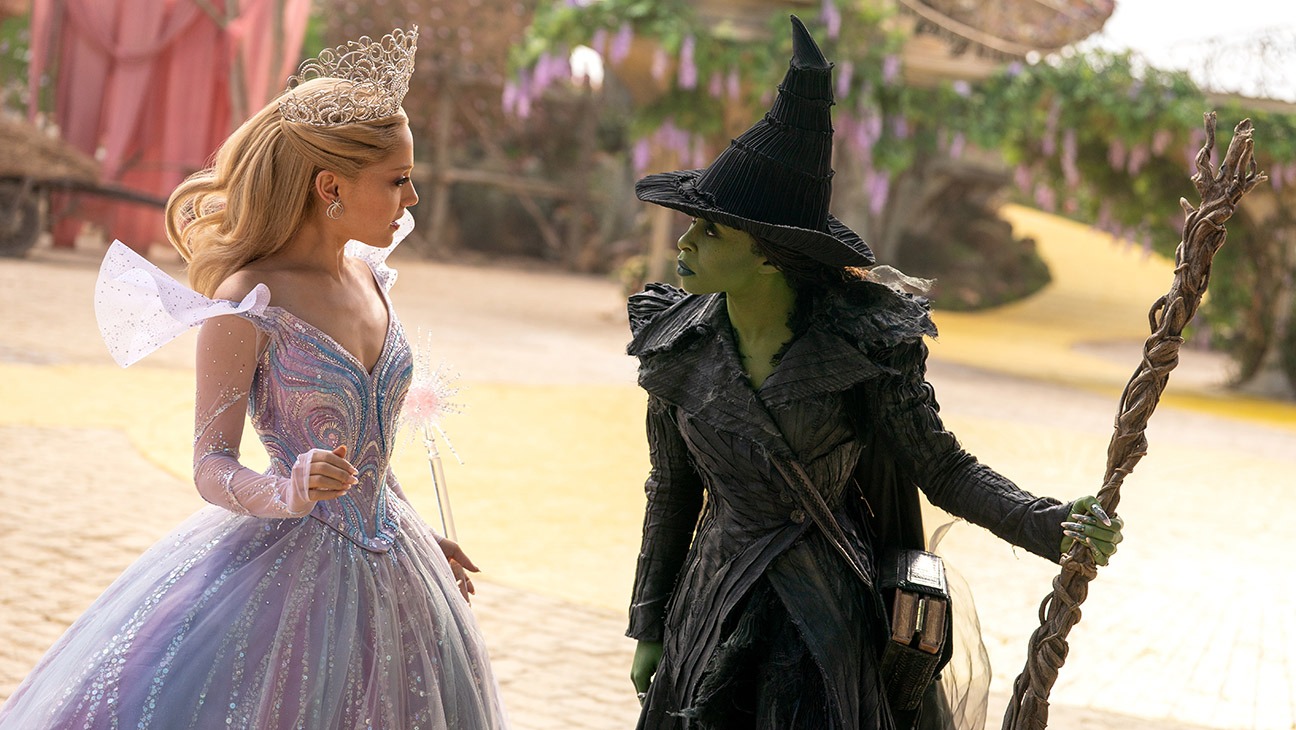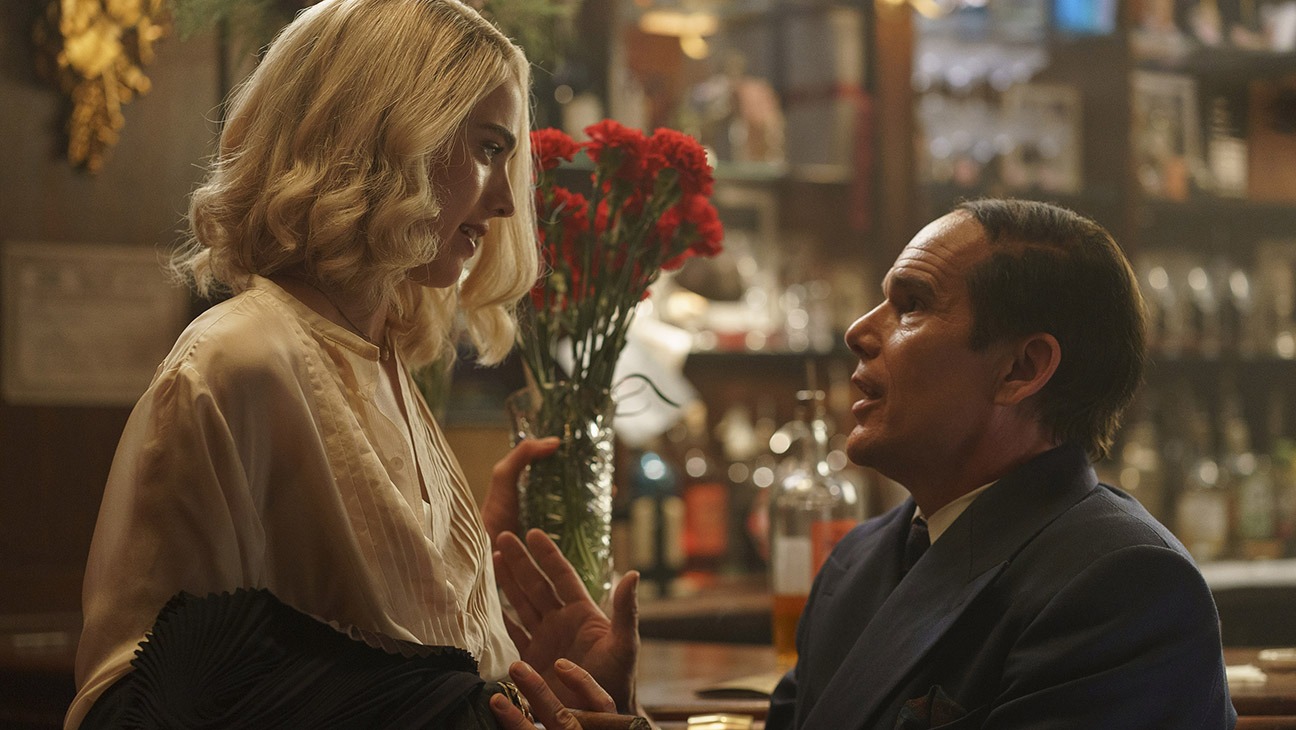A year ago Max Miller took the initiative to share with the world what he loves the most on YouTube, history and cooking. It all started during the pandemic and his attempt to keep busy. Little did he know it would be a successful turnout.
Today it was announced by Simon & Schuster’s imprint, Tiller Press that Max Miller will be making his debut with a cookbook in 2022. The cookbook will be based on the material from his current Tasting History YouTube channel.
“Here at Tiller Press, we love to discover emerging voices. Max’s voice has exploded with his ‘Tasting History’ show and we are thrilled to translate that voice to the written page, complete with his recreated recipes and the history behind each one,” said Anja Schmidt, Executive Editor, who acquired the title.
For a double celebration below is the first year anniversary episode of Tasting History!
I had the opportunity to speak with Max Miller over the phone last year. He shared how his passion for history and food lead him to creating Tasting History and more. Check out the full interview below…
Nancy Tapia: You have a really interesting story. You decided to start your Tasting History YouTube channel kind of thanks to this pandemic. You created something for yourself.
Max Miller: Yeah. I don’t want to say it was completely by accident, but definitely the success of it has been completely by accident. And I kind of started working on it just before I got furloughed from my day job. I just kind of threw everything I had into it simply because I had nothing else to do and I had to stay out of my fiance’s way, who is still working. So, I was relegated to my office upstairs. And people enjoyed it!
Nancy Tapia: That’s awesome! So, this pandemic actually facilitated for you to execute to the fullest.
Max Miller: Yeah. It’s been a horrible six months and a wonderful six months all at the same time. It’s kind of weird. And I know that I’m just so unbelievably fortunate to have been able to do this.
Nancy Tapia: So, you’re combining history with recipes. Where was the stronger love? History or the kitchen?
Max Miller: Definitely history. I have been really into history since I was a little kid. I remember I was probably six or seven, when I got an Encyclopedia off of my mom’s bookshelf. I started reading about General Cornwallis at the Battle of Yorktown that ended the Revolution. I ended up writing a report on it for fun. But that’s the kind of kid I was. I just loved history. Even though I was a big dork, haha
I’ve always loved history. And then a few years ago, I found food. I found that I enjoyed cooking and baking. After watching The Great British Bake Off, devouring that show, I decided to try my hand at it because I’d never really cooked before.
And it turns out that I really enjoyed it, and the history behind some of the dishes that I was cooking. I thought was fascinating. So, it seemed a perfect union!
Nancy Tapia: Indeed. And I had a chance to check out some of your episodes. I learned about this history of the birthday cake. Who would’ve known that that was only for men that were over 50, to celebrate it?
Max Miller: Right? Yeah, there’s so much history behind the things that we take for granted that we still eat today. The show delves with a lot of older recipes, but sometimes even the things that you’re eating today, there’s history behind it that you don’t know. You appreciate it more when you have even just a little glimpse into some of the stories behind our food.
Nancy Tapia: Yeah. And I have to ask if you’re going to have any special recipes for the holidays? I may have to take notes now having to make my own holiday meals, haha
Max Miller: Haha…absolutely. I have a few things. I’m probably going to do three or four episodes just for Christmas, and I’m going to be doing a pumpkin pie around Thanksgiving. Most of them are more European, like medieval gingerbread, and the famous Christmas pudding from The Christmas Carol. But I also really want to explore. Living in Southern California and being engaged to someone of Mexican descent, I really want to do tamales because tamales are a huge thing for us around the holidays. So, I’m trying to get my future mother-in-law to teach me how to do them, but she’s very camera-shy. Just shy in general, so I don’t know if I’ll be successful in that.
Nancy Tapia: Wait a minute, is that why you are brining the quesadillas and history of Maize for your next episode? Because yeah, I was looking at all of your recipes and I’m like, “Well, this one’s different from all of his previous recipes.”
Max Miller: Yeah, I started off mostly doing medieval foods. That’s kind of where my heart lies in medieval and English history. But I love history of all types, and I love cuisine of all types. So, I really started to try to branch out. The first time that I got out of Europe, I did some ancient recipes. But the first time that I got out of Europe was when I did an Indian dish. The amount of work that went into that episode was ten-fold what it is for a European dish because I know European history a lot better than Indian history.
But because it took so much longer, it was because I was learning so much. So, rather than making the show to teach people, that episode was completely to teach me. That’s what I found I really enjoy. So, I’m trying to get into other cultures. That’s why I went with quesadillas to deal with Mexican culture because I know so little about the history of that area. So, it was a wonderful way for me to teach myself.
Also Check Out: Henri Esteves Returns For Season Four Of Grown-ish [Exclusive Interview]
Nancy Tapia: Yeah. And especially if you’re based in L.A. I’m Mexican, too. But you’re very lucky to have a mother-in-law that knows how to make tamales because it seems like the newer generation doesn’t know how to make them. I am Mexican and even my family doesn’t make tamales. We call around acquaintances for any one the has made tamales at home to buy some from them. So, I am going to be checking your recipe.
Max Miller: Yeah. I’m curious because one thing that makes dealing with early pre-Colombian food difficult is that they didn’t really write down recipes. It’s a fairly new idea to actually write down what you’re making.
So, everything was passed orally. So, we don’t know exactly what tamales were like 1,000 or even 500 years ago. But we kind of have to trust that, because of the simplicity – they’re very difficult, but they are fairly simple – hopefully the way that they’ve been made hasn’t changed an incredible amount over the centuries. So, even going from the modern day recipe, it harkens back. Then the history, we can talk about, as well.
Nancy Tapia: Even for the Latin culture. Just with Mexico alone, it’s such a big country that the cooking varies from Northern, Southern and Central Mexico.
Max Miller: Absolutely. My fiance’s family is more from the South, and near the ocean, so they have a lot more seafood in some of their cuisine, Sonora, Mexico.
Nancy Tapia: That’s very true. For example, I hope in the future, I get to see something about burritos or chimichangas. We came to the states when I was seven and that’s when we learned of burritos and chimichangas coming from Mexico City.
Max Miller: Right, right.
Nancy Tapia: We are talking 30 years ago.
Max Miller: I’m from Arizona originally, so the dishes that we eat in Arizona and New Mexico and Southern California, a lot of them were from this part of Mexico, when it belonged to Mexico.
Nancy Tapia: Yes.
Max Miller: So you don’t see these foods. We often think of chimichangas as American-Mexican food, but a lot of these dishes were made up here when it was still Mexico, which is interesting.
Nancy Tapia: Yeah, as you’re branching out into the other cultures, we will all get to learn about our own heritage, when it comes to the food.
Max Miller: Right, I had my fiancee kind of go through my script for this quesadilla episode. He learned a lot about Mexican history because in the episode. Quesadillas are a relatively new food when it comes to Mexico because they didn’t have cheese before the Spanish came over.
Nancy Tapia: Correct.
Max Miller: So, but it’s a perfect blend of those two worlds colliding, because really it’s two ingredients. You’ve got the cheese which is European, and then the corn tortillas, which are the most iconic pre-Colombian Aztec and Incan food, made from maize. So, in just two ingredients, this dish typifies the clash of the two cultures eventually melding to become one. The recipe that I use is from 1831, from the Cocinero Mexicano.
So, it is more modern. It’s still almost 200 years old, but more modern. But the history that I cover is all either pre-Colombian or just after the conquistadors came. That whole era is fascinating, and we don’t learn about that. At least in America, we don’t learn about that part of our history even though it’s a little bit south of us here in California. It is our history because it all came with the Spanish coming over, and we were Spanish here in Southern California at the same time.
Nancy Tapia: I have to ask, what would be your dream kitchen, and from what era?
Max Miller: I have two answers. I think that my dream kitchen would be a huge medieval English kitchen that had fireplaces or hearths that were large enough to have three big bowls or cows roasting at one time in huge cauldrons, and just walls of knives and pots. I think that would be fantastic, though I would get very tired very quickly of not having modern stoves and modern ovens.
So, when I talk about what I would actually like, I think I would like a nice big modern French-cottage-style kitchen with a big island I could use.
Also Check Out: Sarah Booth Displays Her Strength As An Actress With The Last Call [Exclusive Interview]
Nancy Tapia: I understand you’re not a professional chef, you just started this as a hobby. Of all the meals or desserts that you’ve cooked for yourself, learned to cook, which one, if we were told, “This is going to be your last meal that you’re going to cook that’s for you,” which one would it be?
Max Miller: Oh boy, I think that I would have to go with what’s called syllabub, and it’s a dessert. It’s called an everlasting syllabub, and all it is is cream and sugar and alcohol. So, you would put Port or white wine, or something sweet in there. And then you blend it all together and it makes it into a whipped cream. It’s an alcoholic sweet-flavored whip cream. I don’t know what’s not to like. It’s so light and perfect for summer, and so I would be happy to go with that as my last meal.
Nancy Tapia: Well, that sounds like Heaven!
Max Miller: It really is. It’s absolutely wonderful, and because the recipe can be changed in so many ways. You can change the alcohol, you can put other flavorings in there and everything. It’s endless possibilities.
Nancy Tapia: And then just to try to wrap it up, since you mentioned you’re from L.A., and maybe some of us from L.A. are learning from you, There are items difficult to find, have you found a store that has helped facilitate some of these?
Max Miller: A lot of different stores, it kind of depends on what you’re making. For spices, I go straight to Indian markets, Indian Sweets and Spices in Glendale.
Nancy Tapia: They are rich when it comes to all spices, right?
Max Miller: They have everything, and you can get a lot of things for a lot less expensive than you would at Ralphs, or something.
Nancy Tapia: Oh, good to know. Thank you. Definitely going to notate that one for myself, too.
Max Miller: It’s on Los Feliz Boulevard. And then there’s a wonderful place – there’s several of them – called 99 Ranch Market. If you’re ever looking for interesting meats, or I’m having to go actually buy pig blood for a dish that I’m making this weekend, 99 Ranch Market. They’re a Chinese market and have almost everything. And then online, for the quesadillas, I had to find something called tequesquite, which you’ll never find in a store, I don’t think.
Nancy Tapia: Oh.
Max Miller: I haven’t even seen it in Mexican markets. But you can get it online.
Nancy Tapia: Oh, interesting. And this is the one recipe we’re going to be watching and learning from this Tuesday, September 15th.
Max Miller: Indeed. Yeah, it’s a really interesting ingredient. It’s basically rocks. And you boil them, and then you just use the water, but it has salt, but it also has what’s essentially baking soda or baking powder. So, it puffs up the quesadillas a little bit. And people also will use it in tamales. It’s often used in corn masa.
Nancy Tapia: So, you’re using the substance released from the boiled rocks?
Max Miller: Yeah. So, you’re getting a little bit of the rock as it dissolves. But you’re not eating full pieces of the rock.
Nancy Tapia: Wow. I’m looking forward to getting educated!
Max Miller: Yeah!
Nancy Tapia: Thank you so much for your time. You have a new fan right here. I am definitely looking out for the holiday ones. Very helpful for the perfect time.
Max Miller: Thank you! Fantastic. Awesome. Thank you so much, Nancy. It was great talking to you.
Nancy Tapia: You’re welcome. My pleasure.
Stay current with Max Millers Tasting History Channel with 577K Subscribers
Instagram @tastinghistorywithmaxmiller and Twitter @TastingHistory1

 FOR FANBOYS, BY FANBOYS
Have you checked out LRM Online’s official podcasts and videos on The Genreverse Podcast Network? Available on YouTube and all your favorite podcast apps, This multimedia empire includes The Daily CoG, Breaking Geek Radio: The Podcast, GeekScholars Movie News, Anime-Versal Review Podcast, and our Star Wars dedicated podcast The Cantina. Check it out by listening on all your favorite podcast apps, or watching on YouTube!
Subscribe on: Apple Podcasts | Spotify | SoundCloud | Stitcher | Google Play
FOR FANBOYS, BY FANBOYS
Have you checked out LRM Online’s official podcasts and videos on The Genreverse Podcast Network? Available on YouTube and all your favorite podcast apps, This multimedia empire includes The Daily CoG, Breaking Geek Radio: The Podcast, GeekScholars Movie News, Anime-Versal Review Podcast, and our Star Wars dedicated podcast The Cantina. Check it out by listening on all your favorite podcast apps, or watching on YouTube!
Subscribe on: Apple Podcasts | Spotify | SoundCloud | Stitcher | Google Play



